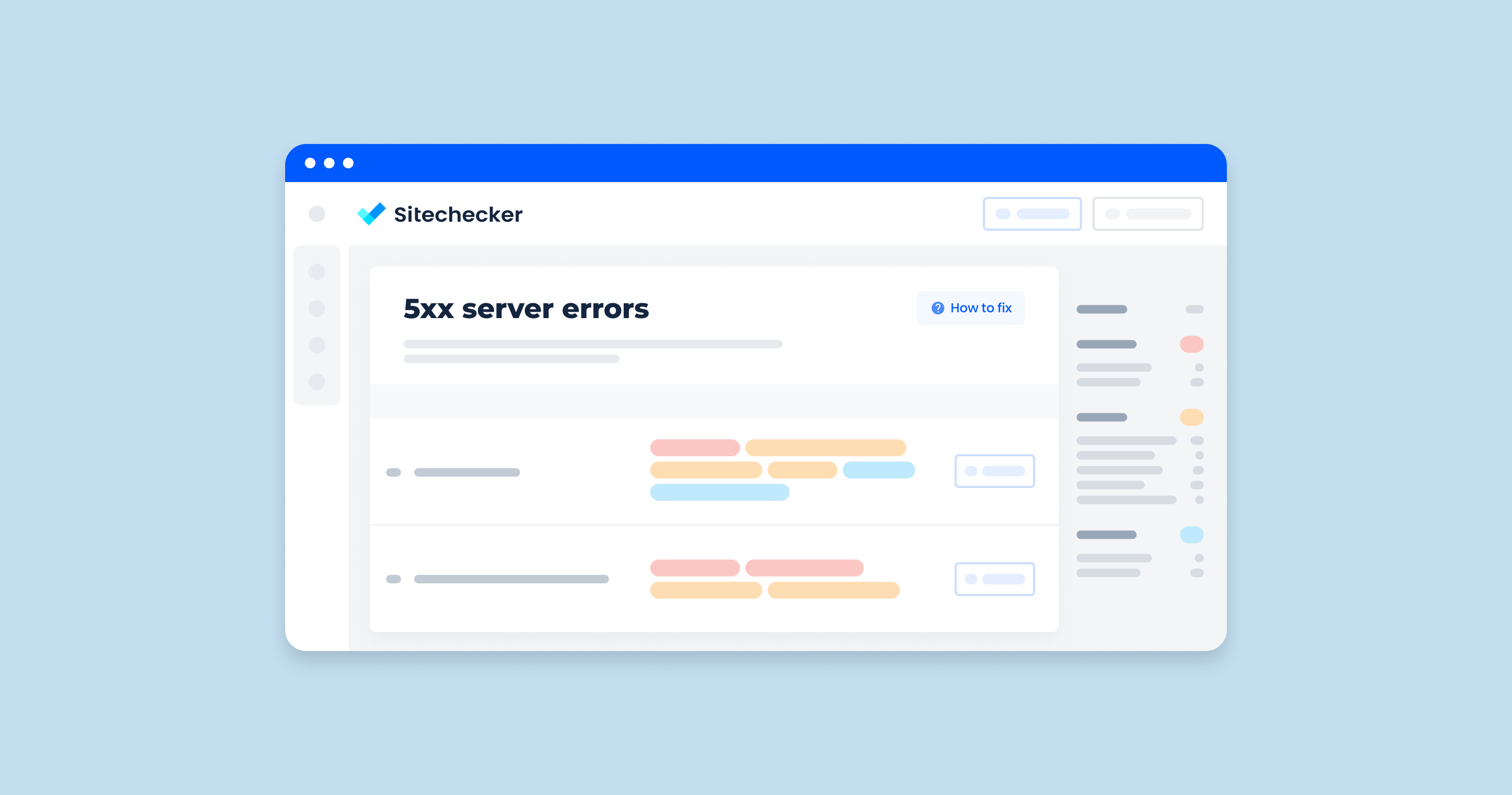Ci spiace, ma questo articolo è disponibile soltanto in English.
Ivan Palii
Esperto di marketing
Ivan lavora come specialista di marketing di prodotto presso Sitechecker. Ossessionato dall'analisi e dalla creazione di una strategia aziendale per i prodotti SaaS. Leggi la biografia completa






